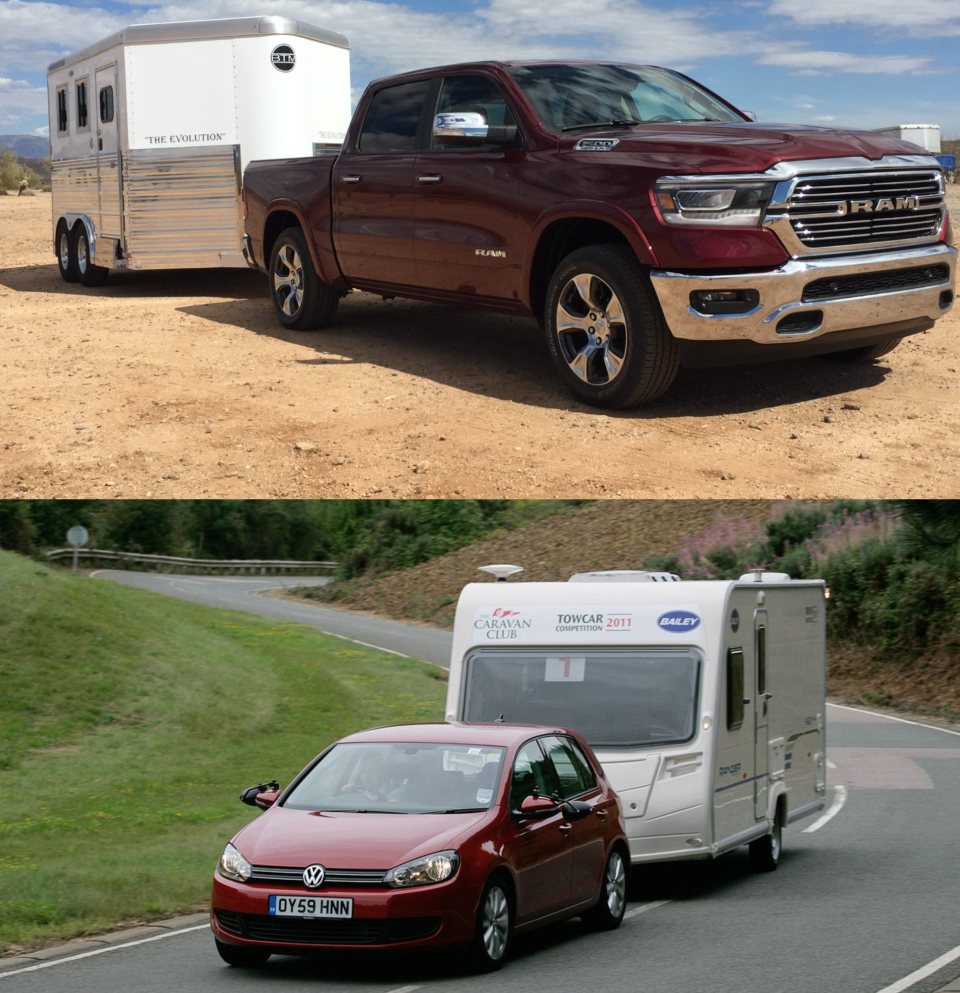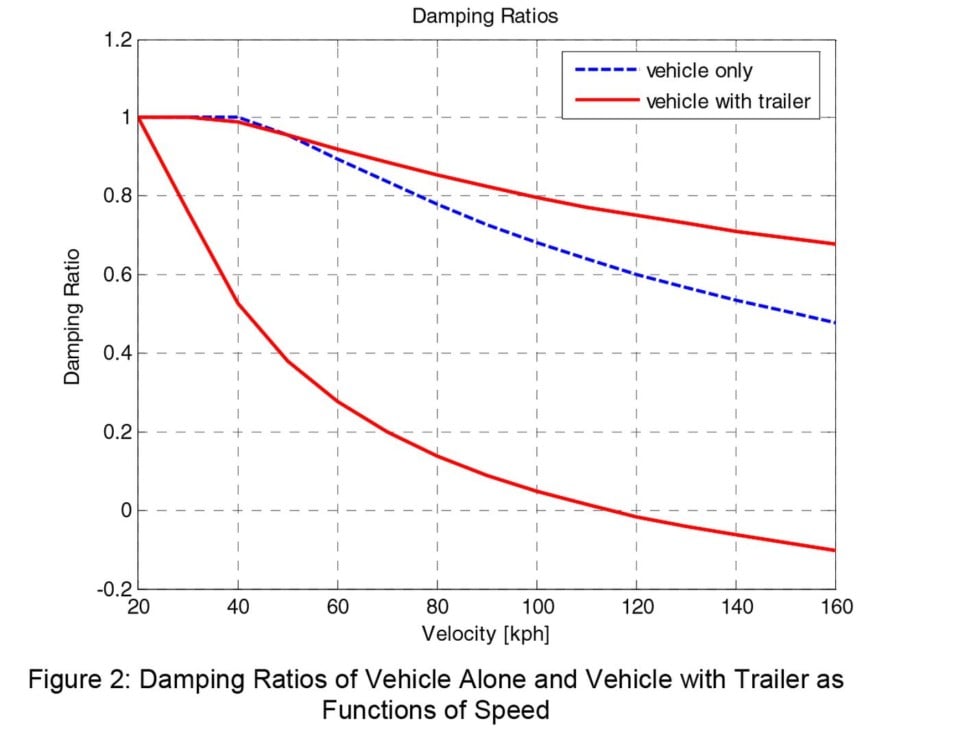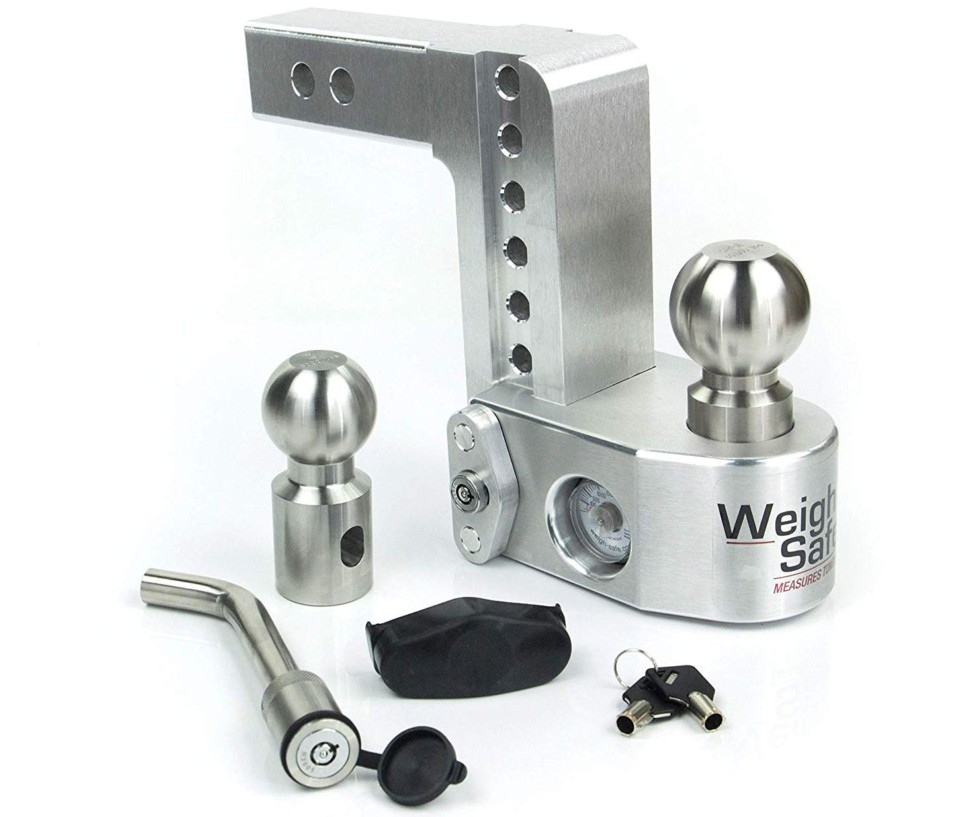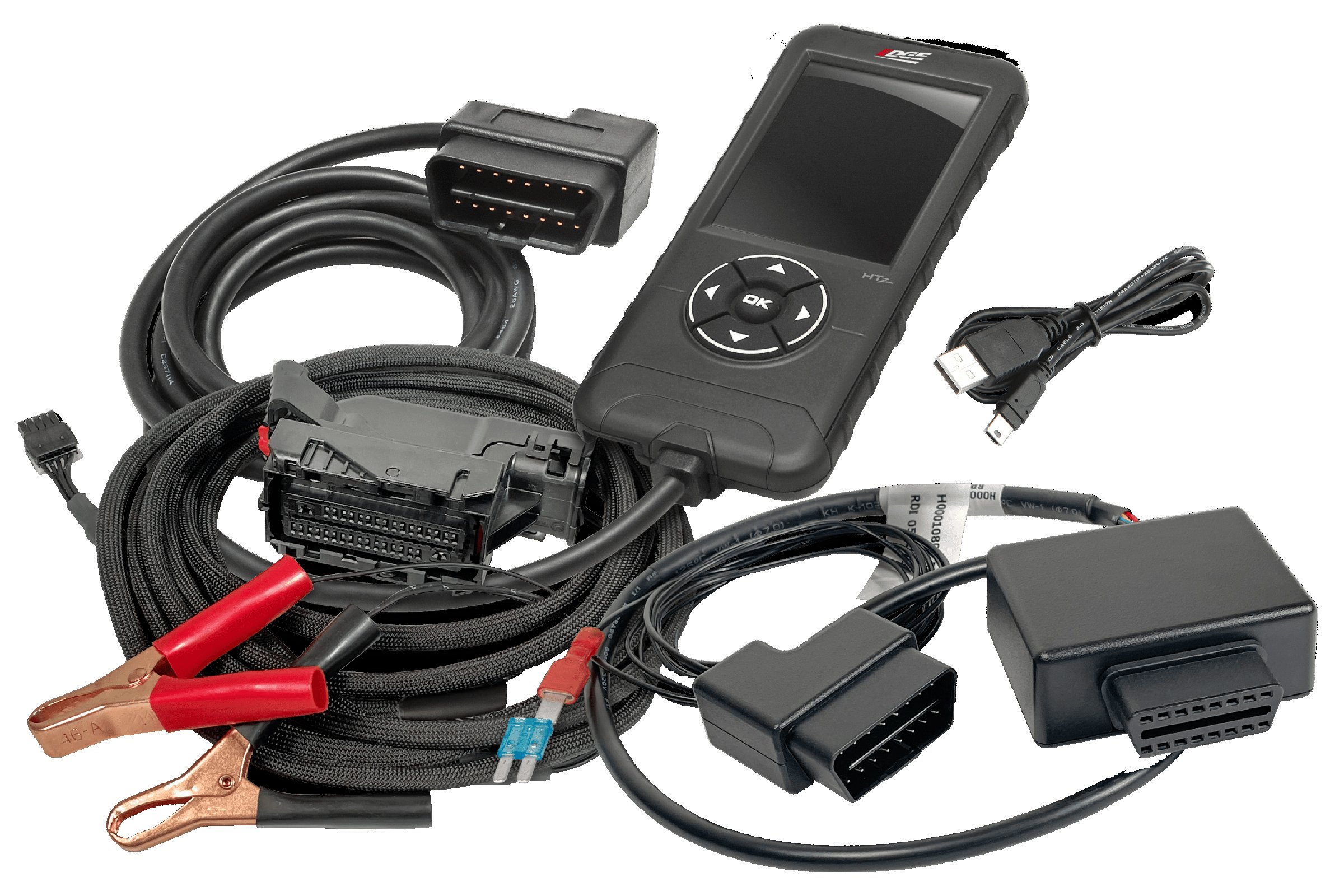We all have moments of contemplation when we think about odd things. For instance, have you ever thought about towing capacities and why Europe and other countries seem to be able to tow a lot more with small cars than we can here in the US? Happens all the time, right?
Okay, it’s probably just me, but I can bet the question has popped up before in your conversations involving towing. Most likely these conversations end up with “because lawyers” or something along those lines, but what if I told you I had a definitive answer that involves actual science? Are you ready? Tongue weight.
Let’s back up a bit – Tongue weight is the weight on the receiver hitch of the tow vehicle and it’s usually expressed as a percentage of the total trailer weight. In the US the standard that determines tow ratings is called J2807 and the tongue weight specified in that standard is 10 percent for weight-carrying hitches, though many manufacturers recommended between 10-15 percent.
This percentage is important for several reasons. First, it affects payload as you have to include that tongue weight as payload. You can have plenty of motor, plenty of cooling, and plenty of braking, but your payload will cap your ultimate towing limit.
Tow That Payload
Take for example a 2019 Ram 2500. In this case, we’ll use Ram’s towing and payload guide and find a Laramie 2,500 four-door long bed with a 6.7-liter. 2,030 pounds payload and 15,510 pounds towing. 10 percent of 15,510 is 1,510 pounds, leaving 520 pounds for people and stuff. Payload is GVWR minus curb and curb weight includes a fully “wet” truck (all fluids and a full tank of fuel) but no driver.
I’m not a big guy but I know I’m going to take up a good chunk of that 520. Try and stuff four of your buddies in there and you are going to be overweight. Don’t forget that factory accessories subtract from the payload as well. Newer trucks are having these numbers printed in the driver’s door jamb, if you’ve got an older truck and just want to be sure, weigh your truck and subtract from the GVWR that all vehicles are required to print on that door jamb sticker. That’s your ACTUAL payload.
Some people seem to take payload ratings as suggestions. 20-30 years ago, it may have been true that manufacturers tended to “under-rate and overbuild” but this is no longer the case. With rigorous physical testing and detailed digital analysis, the margins on payload ratings, axle ratings, etc. aren’t as big as you might think. Payload ratings are a big deal and ignoring them would be at your physical and legal peril.
Note: Helper springs and airbags will level your tow vehicle and generally increase towing safety as well as trailer stability, but they do not increase your payload or GVWR.
If the payload is the limit on towing and tongue weight is a big chunk of the payload the obvious next question is “Why not just reduce the tongue weight from the trailer?”
To explore that all you have to do is visit Europe where they’ve done exactly that – Lower the tongue weight requirement when they tow to increase towing capacity. Take the Golf TDI as an example: in the US it is rated to tow 1,000 pounds, in the UK and most of Europe it’s rated to tow over 3,500 pounds. While many have chalked this up to the litigious nature of the US or something like that, the real culprit is payload and tongue weight. The max tongue listed for the Golf is about 176 pounds which works out to about five percent of 3,500 pounds. This lower tongue weight of between 3-7 percent is the common figure in Europe.
So, while a lower tongue weight equates to a higher towing limit, it comes at a cost: speed. In the UK, trailers are speed limited to 60 mph whereas in most states, there is no “tow speed” restriction, why?
In 2008, Delphi ran a technical study in which they wanted to know what caused trailer instability and then study means to mitigate it electronically – basically what we call trailer sway control now on newer trucks. They came up with a single metric to determine trailer stability called the damping ratio. If the ratio is positive the trailer sway will decrease naturally – i.e. if you experience trailer sway and do nothing it will eventually sort itself out. If the damping ratio goes into the negative, then the sway will grow until you change something or crash. If you’ve experienced trailer sway you know how scary this is, if not google it and put yourself in their shoes.
The math showed that a low tongue weight would produce a negative damping ratio around 71 mph and a higher tongue weight stayed positive until over 100 mph. When they tried this in a controlled test, the real world backed up the math – low tongue weights mean unstable trailers at freeway speeds.
It’s worth mentioning that the reason fifth wheels can weigh substantially more than receiver hitch trailers is due to more trailer weight being converted to payload. With 20-25 percent of the trailer’s weight being born as payload and having the pivot point located directly above the weight-bearing rear axle maintains a positive damping ratio. The study takes into account the distance of the pivot to the rear axle as being a contributing factor in the damping ratio.
If tongue weight is so important, how do you know you’ve got it right? Well, you weigh it. The easy, if the costly solution is to find yourself a certified scale, CAT has a tool that allows you to find one near you, though it’s going to cost you a few bucks per weigh.
Another method is to use a bathroom scale with a lever reducer to put the values where a bathroom scale can read them. This is done by taking a beam and placing it under the tongue of the trailer. Put small pipes perpendicular to the beam 2 feet to the left of the tongue and 1 foot to the right, under the left pipe goes your bathroom scale, under the right a brick or clock to level the beam. The bathroom scale figure is then multiplied by the distance between the pipes in feet, in this case, 3 feet is three times multiplication.
While this method is accurate enough, it’s not easy or convenient. Thankfully better solutions have made their way to the market, such as the Weigh Safe hitch which is a high-quality adjustable hitch with a built-in tongue weight scale. If you know the weight of the trailer you can use truck scales to determine the load on the trailer axle and subtract that from the known trailer weight as well.
Not only does tongue weight matter for towing stability, don’t forget that it counts against your payload too.
Whatever you choose, keeping tongue weight and trailer balance where it should keep you out of trouble with payload and dangerous trailer sway.
Happy trailering.























